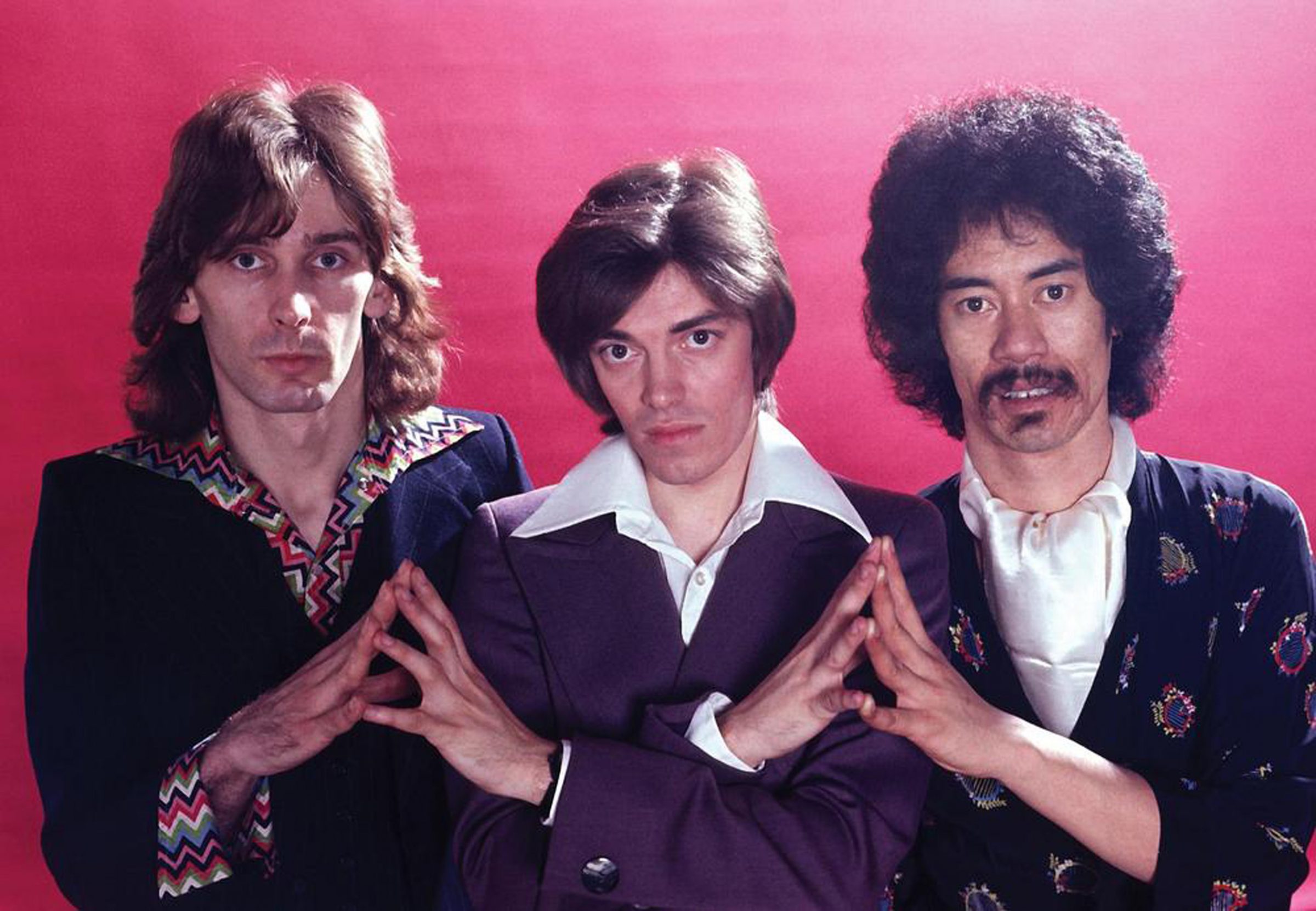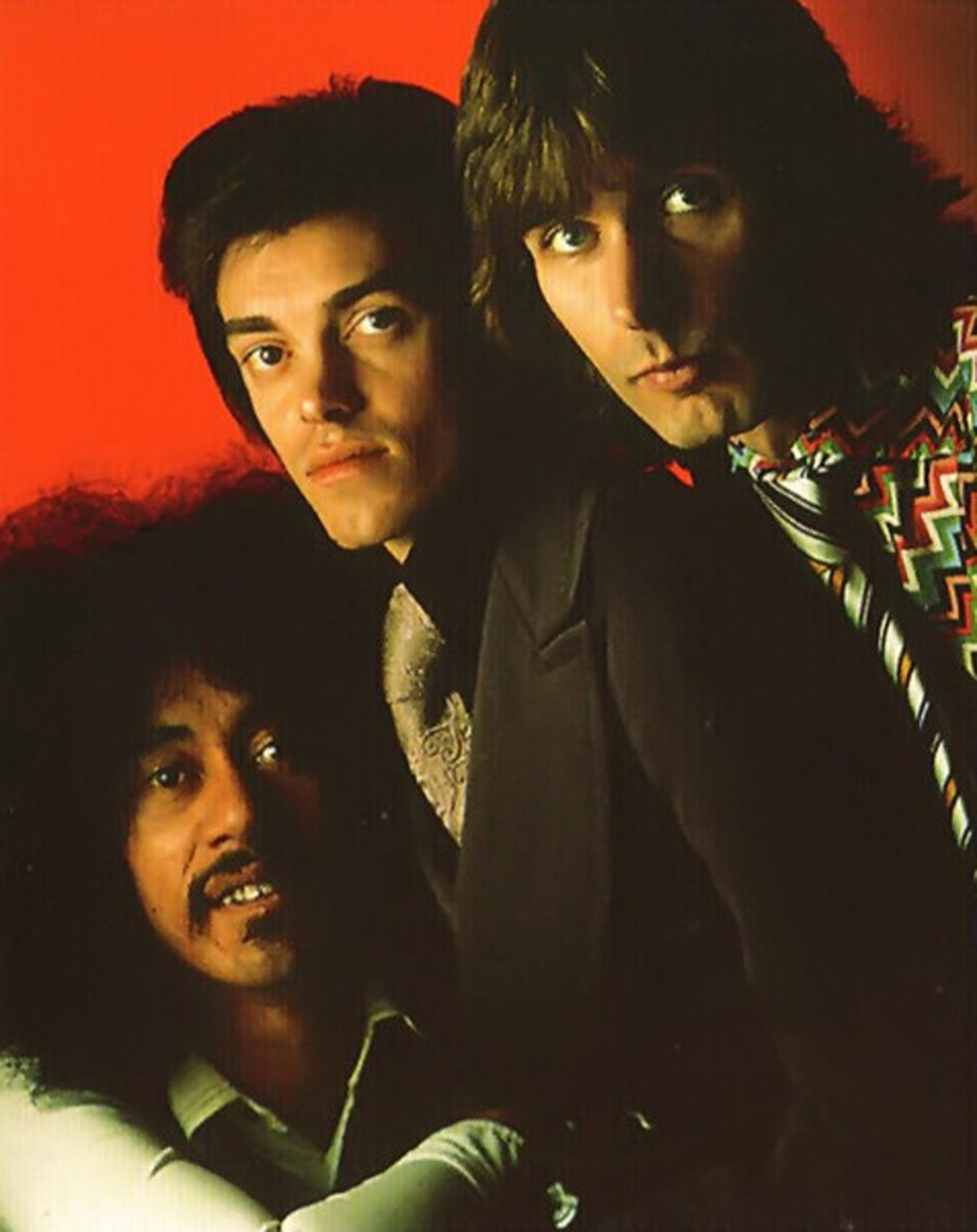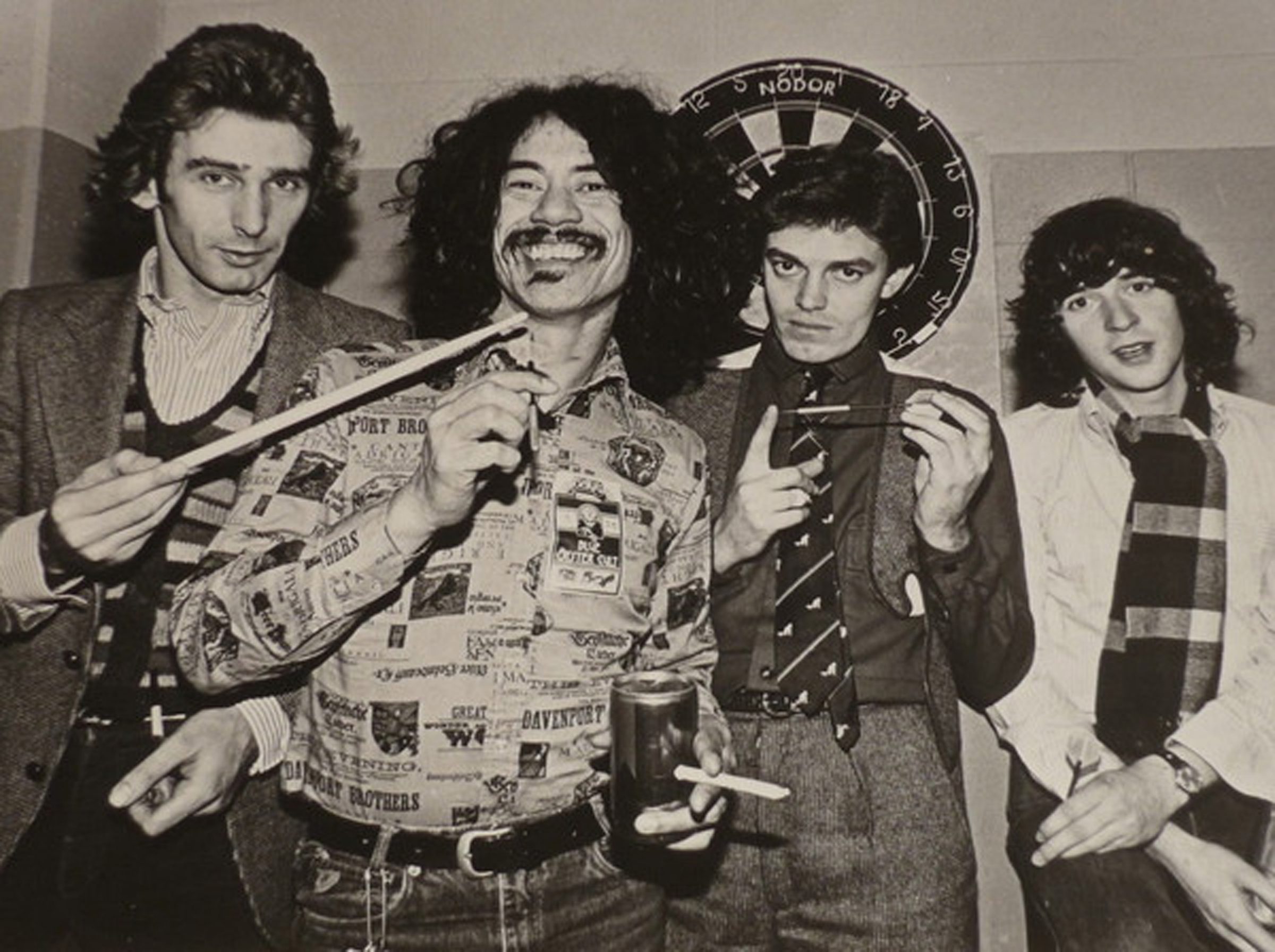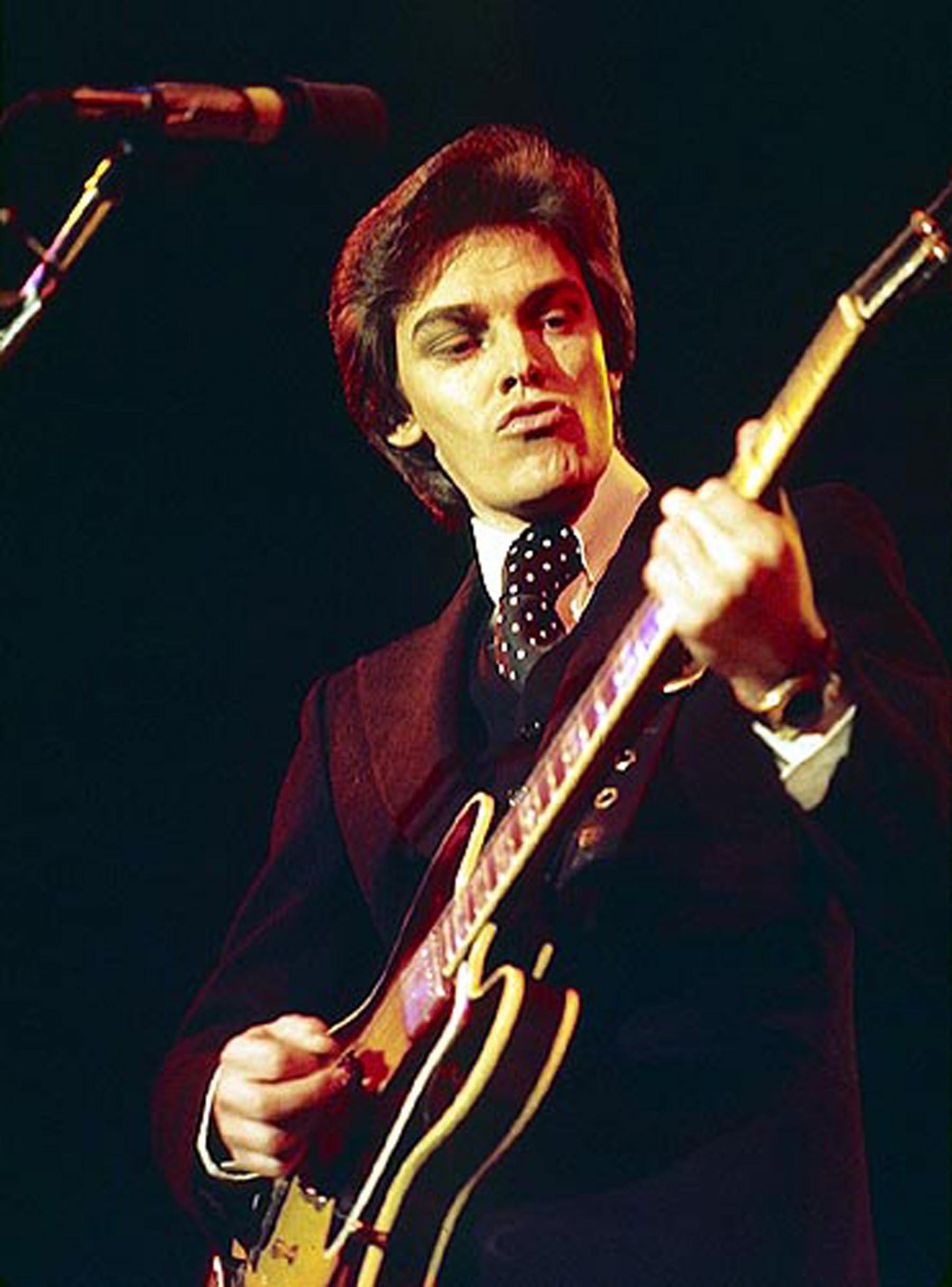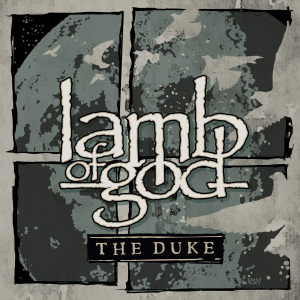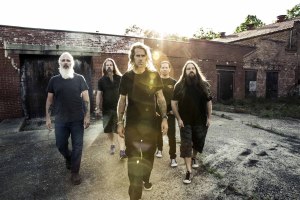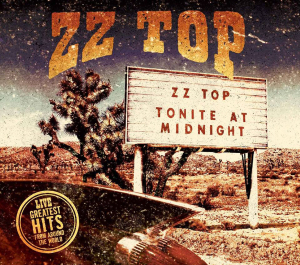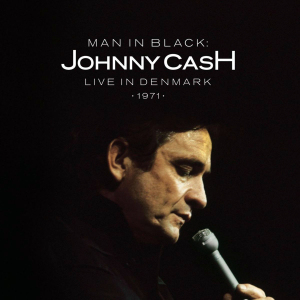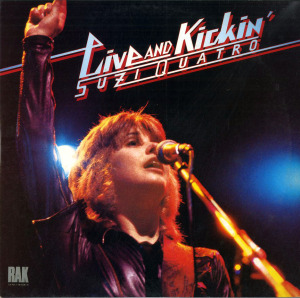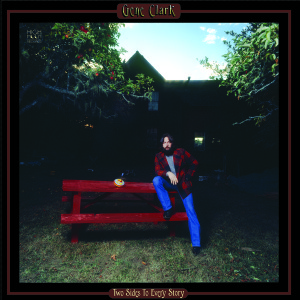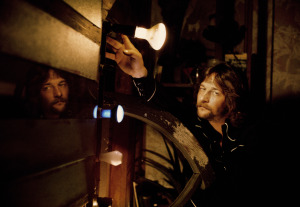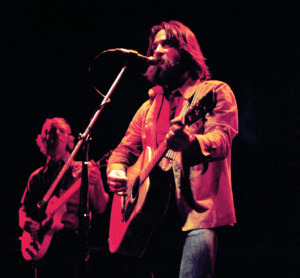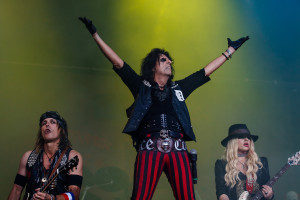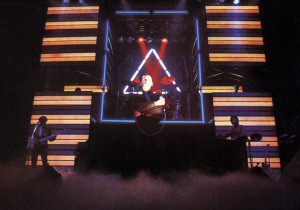(BMG MUSIC GROUP; 2021)

A majority of people in the good ol’ United States of… believe that Fleetwood Mac began with (maybe even started BY) Stevie Nicks and Lindsey Buckingham; most of the rest of the world knows that the Mac had been around for at least 70 years before the Buckingham/Nicks tandem joined in 1974 or so. Actually, Peter Green left John Mayall’s Bluesbreakers in 1967, taking drummer Mick Fleetwood with him to form what was originally called Peter Green’s Fleetwood Mac; Bluesbreakers bassist John McVie would follow later that year. Drug use and a mental collapse led to Green exiting the group in 1970 and the game of musical chairs (so to speak) with guitarists began. Now, Mister Fleetwood is never one to forget upon which side his toast is buttered and, more importantly, who made it possible for him to pay for not only the bread and the butter, but also the knife to spread the butter and the house in which he sits at the table buttering that toast. That incredibly confusing run-on sentence is just a bored writers way of saying that Mick Fleetwood gives credit where credit is due and pays tribute to those who have made his lifestyle possible. So it was, that on Tuesday, February 25, 2020, Fleetwood and his hand-picked, suitably impressive “house band” (alongside an equally impressive lineup of friends) took the stage of London’s legendary Palladium to celebrate the music of Peter Green’s Fleetwood Mac. As it turned out, the very next day, England was put on lockdown due to the COVID-19 pandemic. The performance has been released in several formats: The video documentary has been making the rounds on various streaming platforms, as well as being released on Blu-Ray in a package that includes two CDs and a deluxe package that also features four slabs of vinyl; of course, the double CD and four LP versions are available separately, too.

Things get off to a fine start with “Rollin’ Man,” from the Mac’s second album, MISTER WONDERFUL. It features Mick’s specially chosen musicians – Andy Fairwether-Low, Jonny Lang and Rick Vito on guitars with David Bronze on bass and musical director Ricky Peterson on keyboards; Vito takes the vocals, as he did during his short time as a member of the Mac. Lang takes over the vocal duties on “Homework,” an Otis Rush tune played live in the earliest days of the band, while the final member of the group, the Who’s Zak Starkey joins in, keeping the beat alongside Fleetwood on drums for most of the evening. If there were any questions regarding the Blues pedigree of the original Fleetwood Mac, these opening salvos should dispel them. The first “friend” makes quite a splash as Billy Gibbons (yeah, one of the beards from ZZ Top) tackles “Doctor Brown” as only he can. As hot as the backing band was on the first two numbers, they somehow seem even more energized here.

While I can find no indication that Fleetwood Mac ever recorded or even played the Otis Rush track “All Your Love (I Miss Loving)” in a live setting, I’m sure that Peter Green, Mick Fleetwood and John McVie played it many times during their respective tenures in John Mayall’s Bluesbreakers. That somehow makes it the perfect tune for Mayall to join the festivities, supplying both vocals and keyboards. Mick introduces his former boss with, “Please give a grand, grand welcome to our mentor, Mister John Mayall,” as the band rips into a killer version of the tune. If you are unfamiliar with the music of John Mayall, first of all… WHY? And, second, the man sprang from the womb (in 1933, making him 83 years old when this concert took place!) wailing the Blues! Steven Tyler late of some band called Aerosmith delivers his version of “Rattlesnake Shake,” one of Peter Green’s and the Mac’s best known early songs (from THEN PLAY ON) in his inimitable over-the-top fashion. Tyler sticks around to add flavor and harmonica to “Stop Messin’ ‘Round,” the third of five tracks from MISTER WONDERFUL, the album that introduced Christine McVie (then, as now, “Perfect”) to the world of Fleetwood Mac. Since the group’s ascension to the Pop Rock hierarchy, we’ve known Ms McVie as the gruff balladeer, in contrast to Stevie Nicks’ wispy, ethereal flights of fancy; here, she shows that she can hold her own with just about anybody, belting out the Blues that the early band was known for.

Not one to ignore a good thing, Fleetwood keeps Christine around for “Looking For Somebody” from the group’s first album. The memorable drum intro leads into a re-imagined version of the song with McVie trading vocal leads with Rick Vito. “Sandy Mary” comes with a strange pedigree: Peter Green’s Fleetwood Mac had been performing the tune live at least as early as 1969, with the song appearing on various records of rather dubious origins. It wouldn’t see an official release until LIVE AT THE BBC in 1995. Jonny Lang’s soulful vocals make the song hard to forget. Vito takes over on vocals for “Love That Burns,” a slow-burning Blues number with a great slide lead and organ solo. It’s hard to imagine the rest of the album being as good as this side.

Next to the stage is one of the Gallagher brothers, Noel, whom (along with his equally distasteful brother, Liam) I dislike on general principals, though I must admit to liking some of their band’s earlier stuff. Noel actually acquits himself quite nicely on the stripped-down acoustic Blues of “The World Keep On Turning.” He hangs around for a more rocking “Like Crying,” a Danny Kirwan song from THEN PLAY ON. Overall, Mister Gallagher has taken steps with this performance to – if not endear – overcome my disdain for his earlier abhorrent behavior. He may be inching closer to gaining a certain respectability but… nope! I still don’t like the guy. Vito, Lang, and Fleetwood take center stage on Chester Burnett’s “No Place To Go,” a song that appeared on the first Fleetwood Mac album. A rolling kind of rhythm underpins some nice slide guitar (maybe it’s a dobro… credits on this thing are somewhat lacking) and some impassioned “church meetin’” vocals from Rick and Jonny. Pete Townshend makes a magnificent Who sound on “Station Man,” a great track from the first album after Peter Green’s departure from the band, KILN HOUSE. It seems that Townshend’s presence has re-energized the band, as they’re hitting on all cylinders throughout the Danny Kirwan/Jeremy Spencer/John McVie barn-burner. This may be my favorite single track up to the midway point of the set.

Neil Finn, one of the newest members (and current co-winner of the guitarist musical chair game) of Fleetwood Mac, performs a nice version of the 1969 single, “Man of the World.” His voice isn’t unappealing and his guitar work is a thing of simplistic beauty. Just when you think that the song is gonna go on too long, it ends at just the right time; such a tune should never outstay its welcome. Billy Gibbons and Steven Tyler return for one of the Mac’s most well known tracks, “Oh, Well (Part One).” The pair trade vocals, with Billy playing his usual crunchy-mean guitar and Steven wailing (as one does) intermittently on the harmonica. The band finds a heavy groove to fall into before it smooths out for “Oh, Well (Part Two),” featuring one David Gilmour on guitar. By the reception, I must assume that a fine time was had by all.

Jonny Lang proves he is a bonafide practitioner of the Rhythm and Blues that set Fleetwood Mac off on their fifty-plus year journey with a Gospel-tinged version of Little Willie John’s “Need Your Love So Bad.” The vocals, the guitars (including a solo that would make BB King weep) and Ricky Peterson’s almost mournful Hammond organ all but scream the Blues. Rick Vito steps to the mic again for “Black Magic Woman,” possibly the greatest hit that Santana ever had. This version, obviously, owes more to the Mac’s original version than it does to the cover by Carlos and his boys. Fleetwood and Zak Starkey on drums and Dave Bronze’s work on the bass prove to be a formidable rhythm section, especially on the extended jam that ends the tune. The special guests are great – and a great tribute to Peter Green – but the power and passion of Mick’s hand-chosen band is monster and not to be slighted.

Jeremy Spencer, a founding member of Fleetwood Mac (he stayed with the band through 1970’s KILN HOUSE album) is joined by former Rolling Stone bassist Bill Wyman on a couple of Elmore James tunes. Mick introduces Wyman before adding, “The last time I shared the stage with this dear friend of mine was 50 years ago,” as an introduction to Spencer. First is a killer version of “The Sky Is Crying,” which Jeremy sang during the early band’s live set. With Mick holding down the drum stool and Bill laying down a solid bassline, Spencer’s somewhat reedy voice and brilliant slide work are allowed to soar over the rock-steady band. Things slow to a near-stroll pace for “I Can’t Hold Out,” with an even more impressive slide lead from Jeremy. Obviously, having another original Mac on board was a surprising treat for the ticket holders and he did not disappoint. The presence of a Stone was equally impressive, as was his playing.
Metallica’s Kirk Hammett straps on Peter Green’s beloved 1959 Les Paul for another well-known tune, “The Green Manalishi (With the Two Prong Crown),” though probably a large percentage of America will credit the song to Judas Priest, who famously covered it on their 1979 live record, UNLEASHED IN THE EAST. The tune proves that Kirk has a little bit more to him than just “loud, fast rules.” ZZ Top’s Mister Gibbons joins the fray once more on vocals and guitar. David Gilmour returns, this time on pedal steel, for what can only be described as a lilting, stately take on one of the original group’s biggest hits, “Albatross.” Elmore James’ “Shake Your Money Maker” closes the show, with a free-for-all that sees the entire cast return to the stage. The highlighted musicians and singers include Rick Vito, Ricky Peterson, Steven Tyler, Andy Fairweather-Low and John Mayall.

Amid a haze of psychedelic drug use and mental collapse – diagnosed as schizophrenia – Peter Green walked away from the band he founded in 1970. His body of music during the course of those three-plus years as the group’s primary songwriter, vocalist and guitarist is quite staggering. The legendary BB King once said of Green’s playing, “He has the sweetest tone I ever heard; he was the only one who gave me the cold sweats.” Peter’s near fifty-year career as a professional musician began in 1961 and didn’t officially end until his death on July 25, 2020 at the age of 73, just five short months after this monumental tribute. The show and the music are particularly bittersweet as he was unable to attend what must have been one of the proudest moments of his life.



